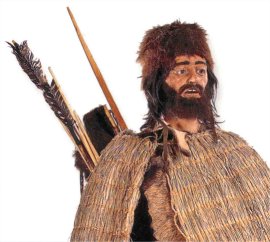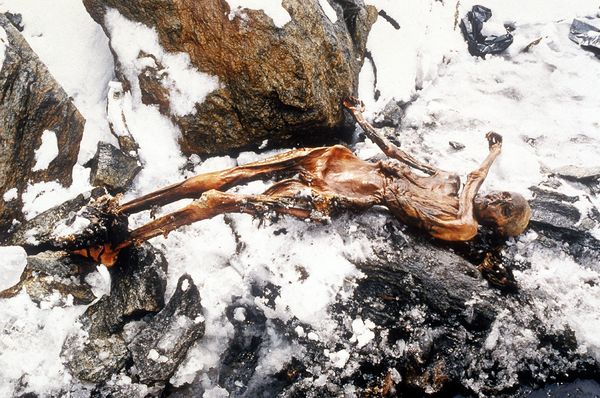You will first visit the games created by Anna, Thomas and Alex. Click on everything to learn about life as Otzi experienced it. After, you can go back to the Museum's home page and explore the online exhibit for Otzi.
The essential question that I want you to think about it this: What was life like for Otzi?
Once you are ready to answer the question, click below to leave me a comment and tell me what you have found. I am asking that you include specific quotes as evidence to prove your argument. This means to use quotation marks "" around the exact text that you borrow from the website.
Remember that you are posting on the internet and everyone with access will be able to see your comment. Be sure to do your best work and use correct spelling and grammar. Sign your comment with just your first name.
Enjoy your historic journey into the past!
-Mr. Goldstein



